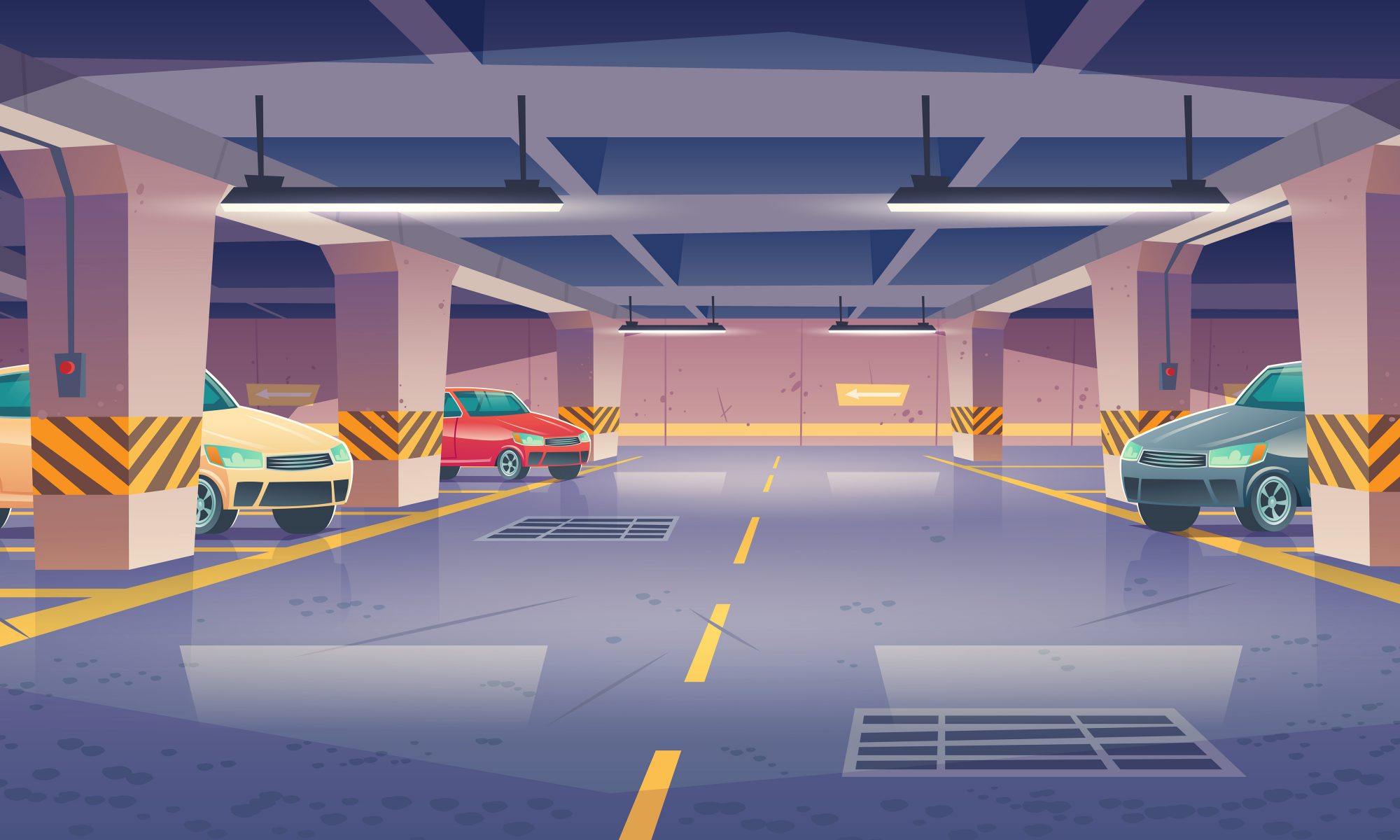This week I finalised and began compiling together the python script that does all the object detection. I also did more robust testing for the distance at which an object could be consistently detected. I found that using a small cardboard box, the laptop camera could routinely detect the image at ~40cm away, which is well within our requirements. This was done using OpenCV and using a pretrained MobileNet v2 using the laptop camera. There are issues with latency, however I believe this has to do with the laptop camera and is not bottlenecked by the actual model. Once the object was detected I found a way to draw the bounding box onto the image with additional padding to ensure the entire object is safely encompassed in the bounding box. Furthermore I also began integration with the Intel RealSense camera. There were originally a lot of issues with the realSense documentation, but the object detection system should be fully functioning as of now. The specifications are as follows. The module takes in raw RGB camera feed from the intel real sense, passes it through MobileNet v2 to extract the bounding box and redraw the bounding box information on the depth map. From here we can approximate the width of the object by looking at the edges of the bounding box, and use arctan to find the angle at which to move the car to avoid the obstacle. From here, we can also use the depth map and to update the map of the course in order to facilitate localisation of the car.
For next week, we want to begin integration and porting my module over to ROS and integrating with the car. There needs to be work to figure out the optimal angle at which to angle the RealSense camera to maximise object detection.
